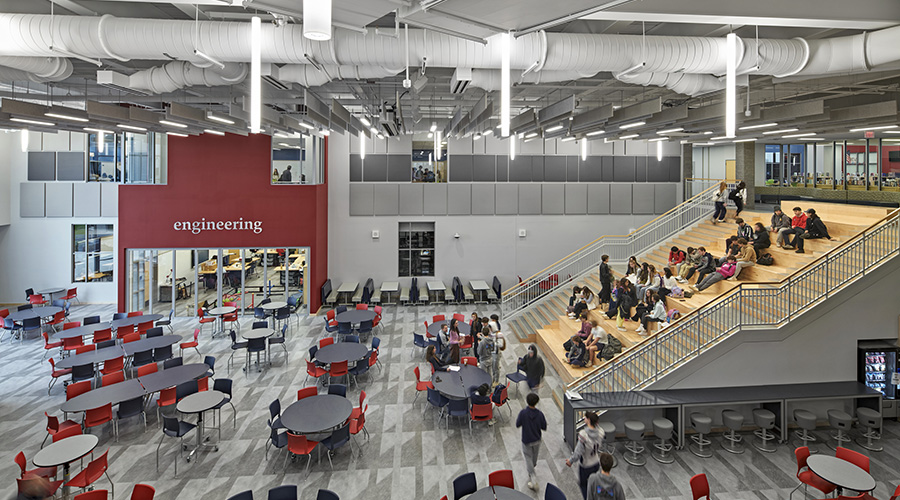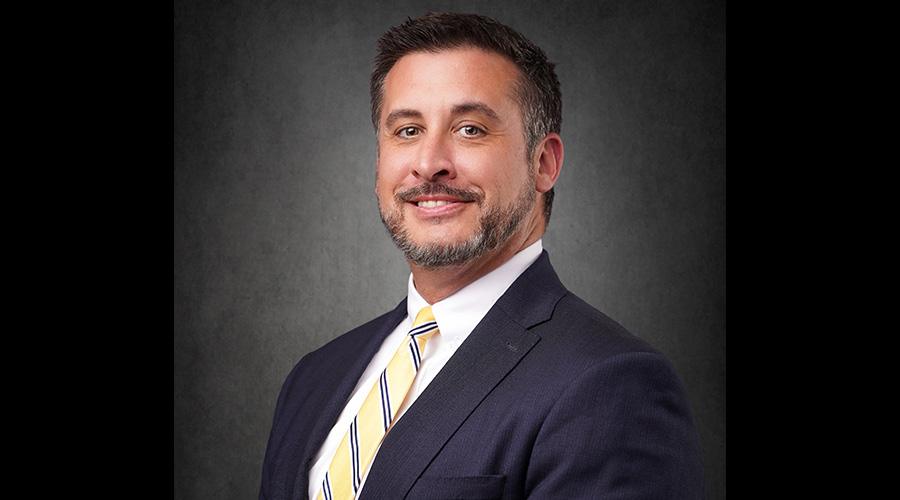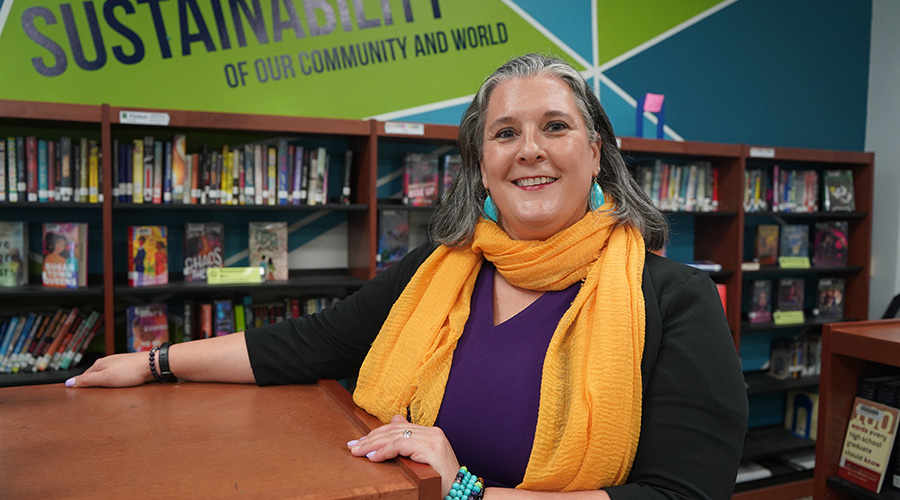How Solar Energy Saves Schools Money and Engages Students
Sustainable schools have been found to engage more with students.
Not only does solar energy offset electric bills, saving schools money that can be reinvested in education, but it offers an educational incentive for students to learn more about renewable energy. While the cost savings of transitioning to solar are compelling when presented to leadership, getting buy-in is also often secured by explaining to leadership and the school community the student learning opportunities and stewardship of solar projects.
“Solar is an opportunity for the school to provide student engagement with learning about renewable energy,” says Evonne Waugh, program manager, Solar on Schools, Midwest Renewable Energy Association (MREA). “Schools can have students regularly view modules monitoring data from their solar system, track system performance, make predictions and even compare their system data with data from other schools.
“There are tremendous benefits to making educational connections for students, including exploring renewable energy careers and providing opportunities for students to educate their communities about the financial advantages of solar,” she added.
Denver Public Schools, which to date has installed on-site solar panels at 46 locations, including a ground mount and solar canopy, has been focused on renewable energy for nearly 15 years, but in recent years has furthered its commitment to reducing its carbon footprint thanks to a student-driven campaign. In 2022, the school district adopted a Board of Education policy and climate action plan to reduce its carbon footprint.
“Students came together for two years and urged our Board of Education to adopt a policy, and it unanimously passed in April 2022,” says Kittle. “The policy reads that we will reduce our carbon footprint, and so renewables allow us to do that, getting away from fossil fuel, offsetting some of the electrification that we're doing within our HVAC equipment and buildings, and then electrification of our fleet.”
Working toward this type of policy should start by assembling a team of individuals that includes representation from all segments of the school community, including leadership, operations, finance, teachers, students and parents, according to Waugh.
“Engaging students and including student participation on project planning teams can not only be impactful for students but is also a great way to gain support from leadership, parents, and the school community,” says Waugh. “Through developing objectives and planning together, the planning team can communicate to all school community stakeholders a comprehensive plan for the financial, instructional and environmental impact transitioning to solar can have for the district.”
Denver Public Schools Energy Manager Adam West also emphasized the importance of stakeholder engagement, such as working with the maintenance and operations teams to understand their concerns.
“You really have to not only convince the leadership, but also the people that are on the ground doing the work every day and their concerns … making sure that you're bringing everyone along and helping educate along the way,” West says.
This includes appointing a dedicated staff member to oversee and monitor all clean energy initiatives.
“You definitely want someone on staff that is either knowledgeable or can keep their finger on the pulse of solar and rely on outside experts,” says West. “You don't want to add solar and set it and forget it. You want a sustainability team or an energy manager or a facilities person to be able to help manage that growth.
“It’s just like any other asset, you don't want to bite off more than you can chew, and you definitely want to be able to keep an eye on how the solar is operating,” he added.
When all is said and done though, providing a strong, well-rounded business case to those in charge is vital.
“Within our mission as a sustainability team, we talk about economic prosperity, social development and environmental protection, and no matter who you're talking to in leadership, they're going to fit in one of those,” says Kittle. “You might have a very passionate leader who cares strongly about the environment, wants to know about the fossil fuel reduction. I find that economics, however, is typically where those that are in decision making are concerned, given that budget constraints are real for K-12 across the nation.”
Kittle added this means you have to be able to show and understand the business case not only from an economic standpoint but also showing through qualitative values, such as tying installations into curriculum, preparing students for a green economy and creating career and technical education opportunities for them to have pathways within renewable energy.
“It’s making that quantitative business case while supporting it with qualitative value,” Kittle says.
Amy Wunderlin is a freelance writer based in Fort Atkinson, Wisconsin.
Related Topics:













